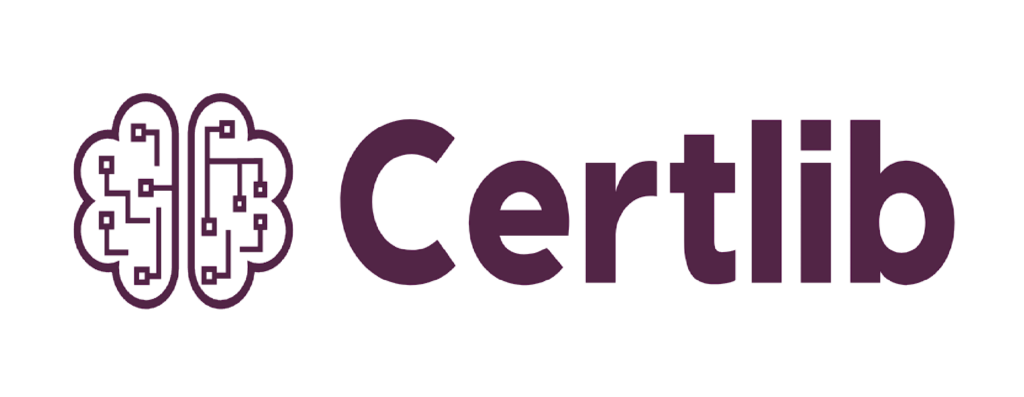DP-600: Implement Analytics Solutions using Microsoft Fabric

About Course
This course covers the additional content required for the DP-600 certification exam, building on your existing knowledge gained for the PL-300 exam. It is as per the DP-600 requirements as of 22 July 2024.
It comes in two parts – additional Power BI knowledge, and Fabric.
In Part 1 of this course, we’ll start with Power BI. We’ll look at:
- Developing our design of semantic models, including calculation groups/items and field parameters.
- Expanding our DAX knowledge, with DAX variables and windowing functions.
- Using external apps, such as Tableau Editor 2 and DAX Studio,
- Implementing many-to-many relationships, implementing dynamic strings, and using the Optimize menu.
- The analytics development lifecycle, focusing on version control and deployment solutions,
- Other Analytics topics, such as creating aggregation tables and using the XMLA endpoint.
In Part 2 of this course, we’ll look at other Fabric apps which can be used by data analytics in conjunction with Fabric.
- After a brief look around Fabric, we’ll start by ingesting data by using data pipelines and dataflows.
- We’ll then create a lakehouse and use notebooks to load data, manipulate it in both SQL and PySpark, and save the resulting dataframes in PySpark. We’ll then use our SQL knowledge in a data warehouse.
- Finally, we’ll create additional objects such as shortcuts and partitions, and optimize performance, implement Slowly Changing Dimensions, and manage our Fabric capacity.
Prior knowledge of all of the topics in the PL-300 exam is assumed, especially with regards to DAX functions. This content is available in “PL-300 certification: Microsoft Power BI Data Analyst”, which is available on Udemy.
Prior knowledge of SQL Server would be helpful, but is not essential.
Once you have completed the course, you will have a good knowledge of implementing a solution for data analytics, preparing and serving data, implementing and managing semantic models, and exploring and analyzing data. And with some practice, you could even go for the official Microsoft certification DP-600 – wouldn’t that look good on your CV or resume?
I hope to see you in the course – why not have a look at what you could learn?
Course Content
01 Introduction
-
Download Resource Files
-
001 Introduction_part1
01:18 -
001 Introduction_part2
01:18 -
003 The Udemy Interface
02:00 -
005 What are we going to learn
06:55
02 Part 1 Level 1 Design and build semantic models
03 Part 1 Level 2 Calculation groupsitems, field parameters, and custom theme
04 Part 1 Level 3 DAX functions
05 Part 1 Level 4 Tabular Editor 2 and DAX Studio
06 Part 1 Level 5 Relationships and performance improvements
07 Part 1 Level 6 Manage the analytics development lifecycle
08 Part 1 Level 7 Other Power BI Analytics topics
09 Part 1 – Practice Test for advanced Power BI semantic models
10 Part 2 Section 1 – A look around Fabric
11 Part 2 Section 2 – Using data pipelines and dataflows
12 Part 2 Section 3 – Loading and saving data using notebooks
13 Part 2 Section 4 – Manipulating dataframes – choosing columns and rows
14 Part 2 Section 5 – converting data types, aggregating and sorting dataframes
15 Part 2 Section 6 – Transform data in a lakehouse
16 Part 2 Section 7 – Profiling data
17 Part 2 Section 8 – Transform data in a data warehouse
18 Part 2 Section 9 – Create objects
19 Part 2 Section 10 – Optimize performance
20 Part 2 Section 11 – Other Fabric topics
21 Congratulations for completing the course
Student Ratings & Reviews


